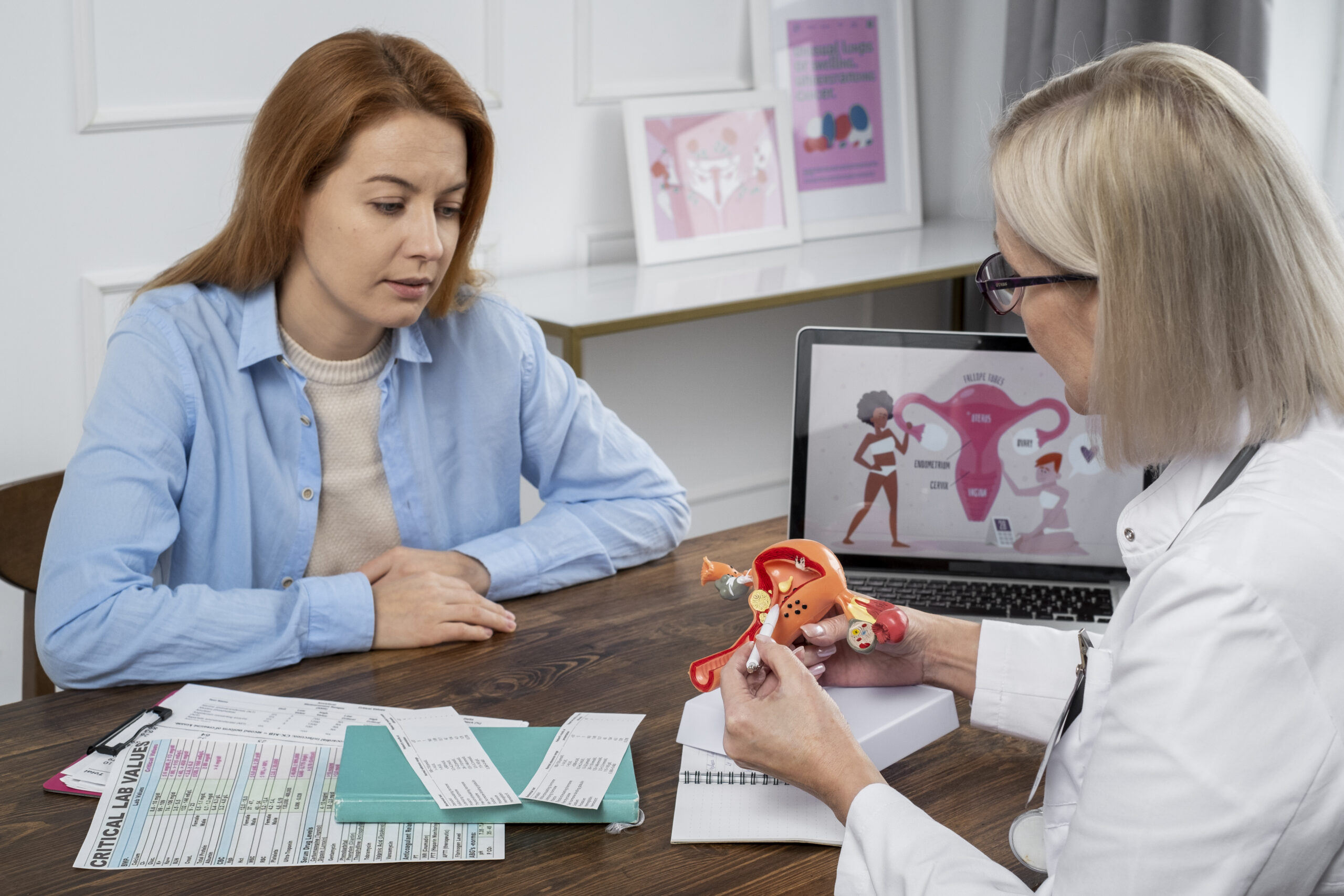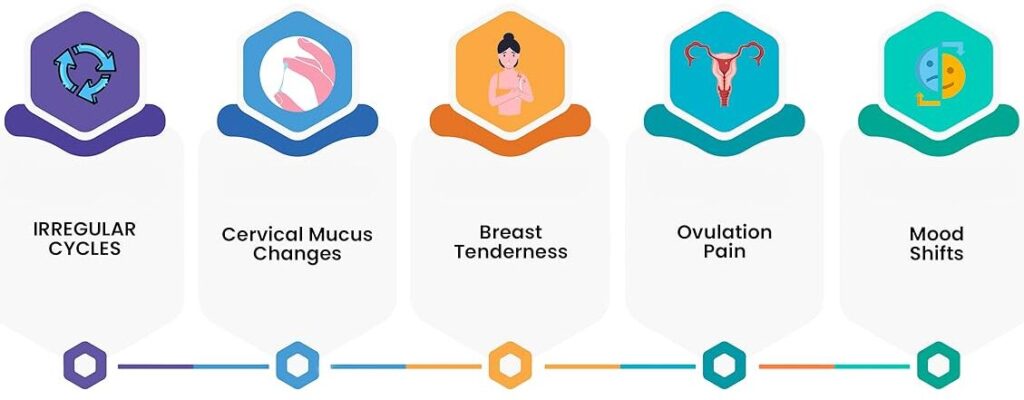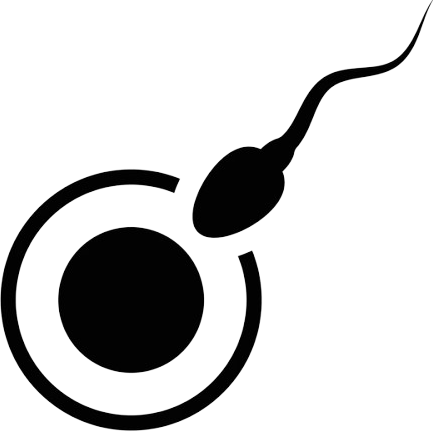- All it takes is just a drop of saliva
Did you know KNOWHEN® isn’t just for tracking ovulation when trying to get pregnant? It’s also a powerful tool for understanding your body during perimenopause and menopause-especially when you don’t want to become pregnant.
As women enter their 40s and 50s, hormone levels start to fluctuate, and ovulation becomes less predictable. This phase-called perimenopause-can last 2 to 8 years before menopause officially begins.
KNOWHEN® helps you stay in tune with these changes by tracking your cycles and spotting irregular ovulation patterns. If you’ve used it before for family planning, it’s just as valuable now for staying informed and in control. Use KNOWHEN® to confidently navigate your menopause journey.
Menopause is the permanent ending of menstruation. If it doesn’t happen because of any type of medical treatment or surgery, the process is gradual and happens in three stages:

Perimenopause can begin 8 to 10 years before menopause when your ovaries gradually produce less and less estrogen. It usually starts when you’re in your 40s. You can be in perimenopause for several months or several years. Many people begin feeling symptoms like irregular periods, hot flashes and mood swings in perimenopause.

Menopause is the point when you no longer have menstrual periods. At this stage your ovaries don’t release eggs and your body doesn’t produce much estrogen. A healthcare provider diagnoses menopause when you’ve gone without a period for 12 consecutive months. Unlike the other stages, menopause itself is a defined moment, so you don’t stay in this stage.

This is the time after menopause. You stay in postmenopause for the rest of your life. While most symptoms of menopause ease up in postmenopause, you can continue to have mild menopausal symptoms for several years in postmenopause. People in the postmenopausal phase are at an increased risk for osteoporosis and heart disease due to low estrogen levels.

There are several ways your healthcare provider can diagnose menopause. The first is discussing your menstrual cycle over the last year. Menopause is unique in that your provider will diagnose it after it occurs. If you’ve gone a full year (12 straight months) without a period, you’ve entered menopause and are postmenopausal.
Blood tests that check certain hormone levels can suggest that you’ve reached menopause, but usually blood work isn’t necessary. In some situations, blood tests can be misleading because so many hormonal fluctuations occur during the perimenopause stage. Your provider may want to check hormone levels if they suspect an underlying health condition may be causing your symptoms.

Meet Susan, a woman who thought she was in the final chapter of her fertility journey. Believing menopause meant the end of her childbearing years, she was shocked when she unexpectedly conceived triplets. The complications were severe, posing great risks to her health and transforming her life overnight. Susan’s experience is a stark reminder that even as our bodies change, unexpected ovulation can occur-and the consequences can be dangerous.
Don’t take chances with your health. With KNOWHEN®, you have the insights you need to safeguard your future.


The average age of menopause in the United States is 52 years old. But the transition to menopause usually begins in your mid-40s.
Menopause is a point in time, not a period of time. You reach it when you haven’t gotten a menstrual period for one year. Immediately after you reach menopause, you move into postmenopause. This stage lasts for the rest of your life.

Trying to conceive

Perfect for natural family planning

Looking for accurate ovulation tracking

Irregular period, premenopausal women

Natural pregnancy planning or spacing

Having a problem conceiving

Understanding ovulation cycles

Menopause women

Second Infertility issue

Going through IVF

The KNOWHEN® Ovulation Test tracks your ovulation using only a drop of your saliva. It identifies your five (5) most fertile days and the best days in your ovulation cycle if you’re trying to conceive.